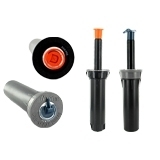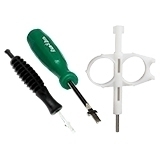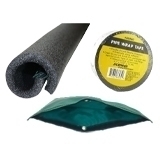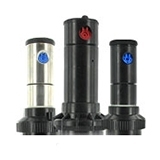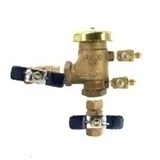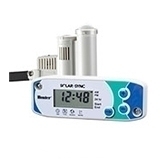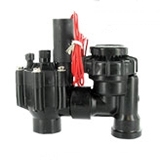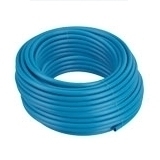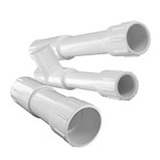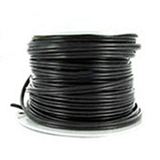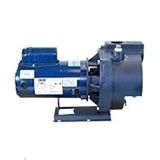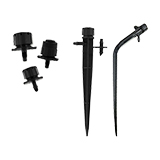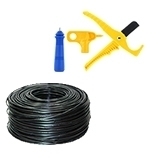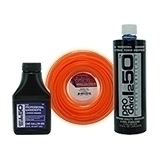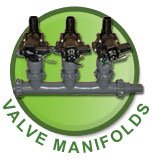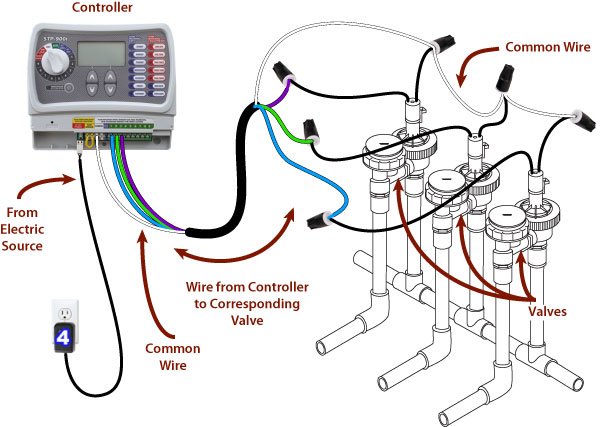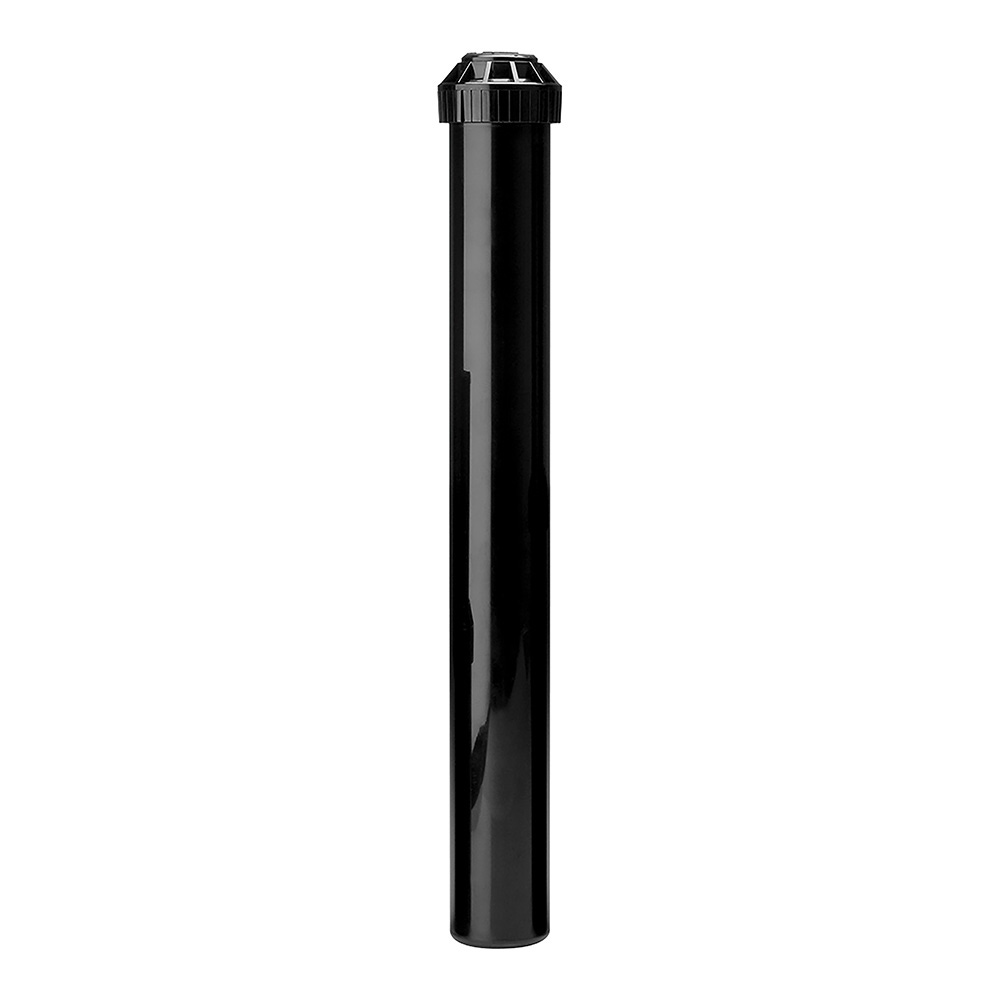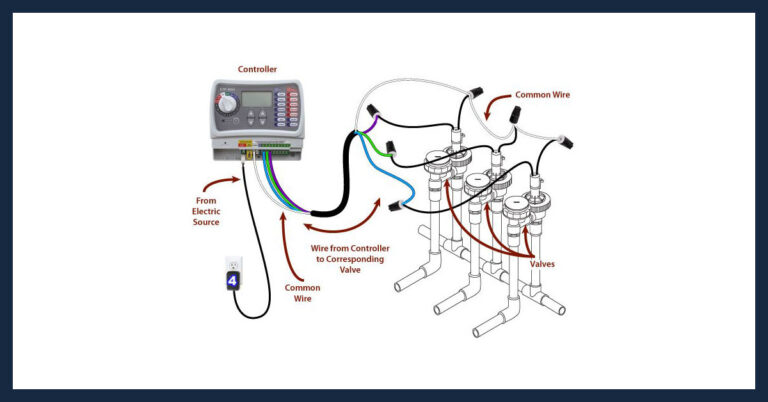This article covers the strategies and pitfalls of how to replace an irrigation valve. If this is your first time replacing a valve, providing you have all the tools and parts at the ready, you should be able to complete the task in a couple of hours.
Easy Valve Repair And Replacement Are Much With Valve Manifolds
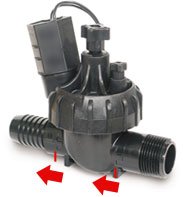
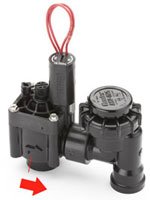
- Anti-Siphon Irrigation Valve- The two red arrows indicate water flow direction.
2. In-Line Irrigation Valve- One red arrow indicates water flow direction.
Replace The Valve Or Just The Guts?
There are two ways to replace a valve, either replace the top (guts) only with new parts or cut the entire valve out and replace it with a new unit.
Only a few parts can go bad on a valve, the diaphragm, the solenoid, and occasionally the ports. All these parts are located on the top of the valve. Valve bodies are pretty sturdy. Unless the body is cracked it’s almost certainly good to go.
Using The Same Valve, Model, and Brand:
A recommendation is to find the exact same brand and model valve. That way you can swap the insides out of the faulty valve. To do this or unbolt the top of the defective valve. Then take out the diaphragm and replace it with the new parts from the new valve.
Voila! you now have a brand new valve with the least amount of work.
Try Cleaning Out Clogged Areas:
The top consists of a solenoid, diaphragm, and then the plastic casing or molding at the top of the valve. In addition, there is a port (a tiny tube) at the top and a filter screen in the diaphragm that has a tendency to get clogged.
If your valve is acting up you may want to start by cleaning the interior of the valve of any dirt or debris that may be causing the valve to malfunction.
Can’t Find The Exact Same Parts?
Swapping out the guts with a new model is the simplest method to replace a valve. However, you may have an issue if the manufacturer no longer makes your particular valve model. Valves can last and run for many years. If you are in a hurry and want to replace the valve immediately and do not want to search for the same brand and model you can replace the entire valve unit.
Un-Threaded (Slip) Valves:
There are two types of valve connections: slip (unthreaded) and threaded. If you have a glued-in slip valve in you will have to cut the valve out on both the inlet and outlet ends. This will require you to glue one end on and put on a coupler and extend the pipe, flex it and glue it in place.
Threaded Valves:
If you have a threaded valve, then you can cut one side off and unscrew the valve from the pipe. Hopefully, you have enough room between the valves in a valve manifold to attach the new valve.
If you have dug deep enough in the ground during the installation and have also left room between the adjacent valves then you can untwist the faulty valve and remove it from the pipe.
If the valve is too tall to twist take the solenoid off and then continue to twist it off. Reattach the solenoid after you have replaced the valve.
You will have to cut the other side and attach a coupler, flex it on and then glue it into place.
Creating Manifolds:
The absolute best way to work with valves is to create manifolds, then you can easily break the connections loose and pull out the faulty valve, screw in the new one and reconnect the parts, and finish by screwing them back on tightly. Shop Valve Manifolds
If your solenoid has burned out we highly recommend replacing the valve guts at the same time, because once the solenoid goes the diaphragm may start to go bad soon as well.
When installing a valve it is important to know that all valves (anti-siphon and inline) are marked with arrows to illustrate which direction the water must flow through the valve. If the valve is not installed correctly the valve will not work.
Go With The Flow:
Be careful when replacing a valve that you put the new valve facing the right direction. On almost every valve there are arrows marked on the body indicating the flow of water, there is a true inlet and an outlet on every valve.
A valve that is facing the wrong direction will not open or the valve will stay open and not close. If you are not sure which way the water is flowing in the ground pipe then pay attention to where the solenoid was located on the old valve and also to the direction the arrows pointed on the old valve.
The solenoid is always located on the outlet side of the valve (a few valves have the solenoid located on the side) turn the water off before you begin to replace a valve and then relieve the pressure by going to the controller and turning on one of the zones if you don’t want to walk back to the controller you can unscrew the solenoid on the valve which will open the valve manually.
Pro Tip: Have a Hand Pump

It’s always good to have a hand pump handy when working with valves. When the valve is removed the water will still be at full pressure on the inlet side of the valve (from the water supply to the valve). Even if you relieve the pressure that pipe will have water inside it. When you turned the water off and turned on a zone, you just relieved some pressure in the pipes. So when you take the top off a valve or cut the valve out the hole will fill with water.
If you didn’t dig a very deep hole, the hole will fill with water which will also pour into the valve along with dirt and debris creating additional work and clean up. Have a hand pump ready when working with valves, rotors, and sprays. With the right tools, you can save yourself unnecessary problems.
Slip Or Threaded Valves?
It really doesn’t matter if you use a slip or threaded valve, it’s basically personal preference. Some people think threaded valves are easier because they like to put a number of valves together to create a valve manifold. The valves when joined as a group create a T formation.
People tend to try to squeeze as many valves as they can into one valve box. When valves are positioned very close together it does not leave extra pipe to work with. This can cause problems when a valve needs to be cut out and replaced in the future. Running out of the workable pipes is a common occurrence in irrigation repair and replacement.
Using a threaded valve offers you the option of cutting out just one side and having to re-pipe and glue just the other end. This can give you more pipe to work with and less work having to re-pipe.
The problem even using a threaded fitting is that sometimes the valves are positioned too close together preventing you from being able to screw the new valve on because it hits the adjacent valves (even with the solenoid removed).
When installing your valves it’s always a good idea to leave yourself a little extra pipe and to space out the valves with a little breathing room so that you can at least do a couple of repairs without having to completely re-pipe a section.
Valves With Or Without Flow Control
We recommend flow control valves, even though they may be considered a beneficial “luxury” item. Typically on a sprinkler system, you will have a series of several valves. One valve may control rotors and another may control sprays. The water supply and pressure are the same for all the valves.
So, let’s say you are working with 60 psi. Rotors need to run around 50 psi (or as stated by the manufacturer). You will lose a few pounds of pressure through the valve and about 5 pounds through the vacuum breaker and another few pounds through the piping which will bring you down to the perfect pressure to run your rotors. So you don’t need flow control for the valve that will control your rotors unless your supply is very high (which is uncommon).
The valve that controls the sprays will also have around 50 psi running into the heads, far too much pressure to run your sprays. Sprays need around 30 psi to run optimally at the heads.
Too much pressure will pulverize the water droplets and will create mist or fog. Droplets of water that are too fine will float away in the wind. With a flow control valve, you can adjust the pressure of the flow with the flow control knob or handle. Simply screw down on the flow control handle which will create a pressure drop across the valve.
You will be able to watch as the fogging / misting condition subsides and a normal spray output begins to emerge. Simply screw the knob until the fogging stops.
What Is A Bleed Screw?
Some valves are equipped with a bleed screw. This screw is located on the top of the valve and can be turned on manually to open or close a valve. Screwing it tighter will close the valve, and unscrewing it will open the valve.
It’s basically a manual turn-on. It can also be used to relieve pressure. Another way to relieve the pressure is to unscrew the solenoid.
Check The Wiring
The majority of valve problems are due to bad wiring. If a valve is malfunctioning, check the wiring first. And remember to always use silicone-filled connectors known as “grease caps” to connect your wires. Also, when wiring your valves remember that the two-wire leads attached to the solenoid are not positive or negative. It does not matter which wire is attached to the common wire or which wire is attached to a particular valve in a zone. For more information go to How to wire valves for an irrigation system.



